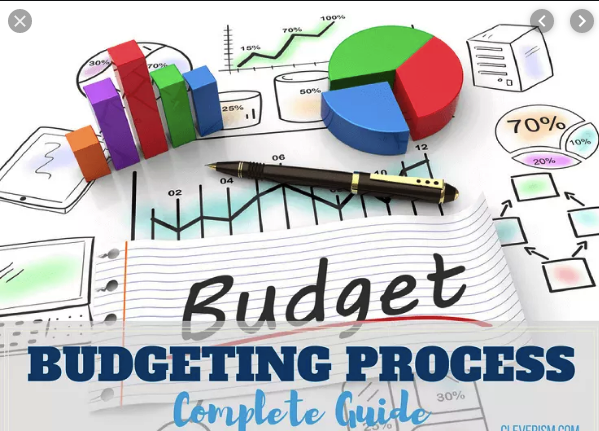Salary and benefit budgeting is a collaboration between the Human Resources Department and the Business Office. Budgets are created using payroll and human resources data in the Human Resources System (HRS) in alio.
The first step in salary and benefits budget development is the review of current year Jobs/Pays & Position Inventory. There are a number of reports in AI to assist with these reviews. These reports are located in Public Folders, MHRD, Budget Development.
Position Inventory:
- Confirm that the position inventory system contains all approved and active positions, filled and unfilled for the current school year.
- Review vacant positions in the current school year. The AI report is Positions Vacancy Report.
- Ensure that all jobs/pays are assigned to a position in the current year. The AI report is Jobs Without Position Numbers.
- Review account numbers, (distribution groups) on job/pay records as compared to Position records and be sure that all agree.
- Business Office copies Positions into the next year for budget purposes as explained in section 7.3 of this manual
Jobs & Pays:
- HR reviews all contract jobs and pays, including the data on the position tab, to determine that current year data is correct.
- The Business Office generates a number of reports to verify that certain fields are correct including Salary without a Contract Flag and Salary without Encumbrances Flag
- Business Office copies current year jobs and pays into the next year for budget purposes as explained in section 7.3 of this manual
- HR enters a job and pay in the new budget year for those employees that are new to the longevity guide in the new budget year.
- Business Office increases staff that are scheduled to receive horizontal advancement in the new budget year. That information should be requested from the Superintendent’s AA.
- BA & Supervisor of HR meet with Superintendent to determine budgeted increases which should be applied to salary guides for unsettled contracts for the new budget year.
Revision:
1
Last modified:
13 October 2022


